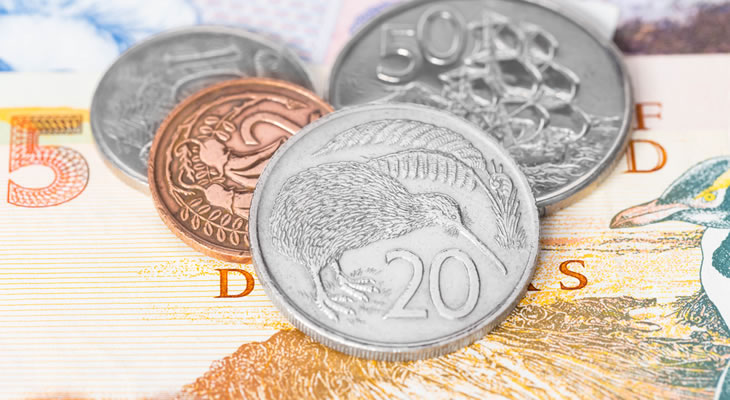Pound (GBP) Exchange Rate Outlook Supported by Upbeat Spring Budget Statement
The Pound New Zealand Dollar (GBP/NZD) exchange rate outlook grew increasingly positive this week, supported by an optimistic Spring Budget Statement from UK Chancellor Philip Hammond.
The Chancellor was reportedly ‘giddy’ with excitement for the future of the UK’s economy, promising that Britain’s ‘best days lie ahead of us’ and also confirming that the Office of Budgeting Responsibility (OBR) has indeed raised its growth forecast for this year to 1.5%, up from November’s 1.4%.
Hammond also pointed to an end to austerity, claiming that if public finances continued to improve then he could set aside more money for public services and have the capacity to ‘enable further increases in public spending and investment in the years ahead’.
This optimism was tempered somewhat on Wednesday, however, with the IFS arguing that the UK government would need to raise £30bn in extra taxes over the years ahead in order to hit its budget deficit goals without slashing spending.
In other news, markets are beginning to grow concerned that the UK could be edging closer towards sanctions against Russia in light of the poisoning of Sergei Skripal and his daughter Yulia,
This is pertinent in that Russia could respond with sanctions of their own, potentially threatening the UK’s extensive ties through UK football, the House of Lords and indeed a sizable range of assets owned by UK corporations.
This includes the BP’s significant 20% stake in the Russian energy giant, Rosneft.
If both nations do engage in a tit-for-tat battle then even more uncertainty would be priced into Sterling’s trajectory, potentially driving GBP/NZD downwards.
New Zealand GDP Release Imminent – What can Markets Expect for the GBP/NZD Exchange Rate?
Another notable driver for the GBP/NZD exchange rate will be New Zealand’s gross domestic product (GDP) release, due later tonight, with markets expecting the Q4 2017 reading to rise by 0.7% quarter-on-quarter, and by 3.1% year-on-year.
This would, of course, be welcomed by the Reserve Bank of New Zealand (RBNZ), though it is unlikely that they will alter their current course of action, given their focus on the current tepid levels of NZ inflation.
Generally speaking, optimism for the New Zealand economy has broadly held up. Investors were initially hesitant in the face of the Labour-led coalition taking the helm in October, but the threat of policy changes has largely ebbed.
If New Zealand’s growth performs as expected, then GBP/NZD could come under significant pressure.
The Week Ahead for the Sterling (GBP) – UK Inflation and Labour Market Figures in the Spotlight
This week has been an extraordinarily sparse one for UK ecostats, but markets should have plenty to chew over next week with the release of the UK’s highly anticipated consumer price inflation readings, and labour market figures.
Markets are currently expecting the UK’s inflation rate to steady slightly in February, with the year-on-year figure forecast to drop from 3% to 2.9%.
The monthly reading, however, is expected to climb from -0.5% to 0.2%.
2.9% is still significantly above the Bank of England’s (BoE) target however, and barring a greater drop, it should not diminish the possibility of the BoE moving hawkishly in May.
On that note, markets will also be keen to assess the UK’s labour market readings, particularly the UK’s unemployment rate and average earnings for January.
Both of these will better determine if the central bank is in a good position to raise interest rates next month, with an accelerated rise in wages and maintenance of the UK’s record-low unemployment rate liable to send GBP/NZD rocketing.


Comments are closed.